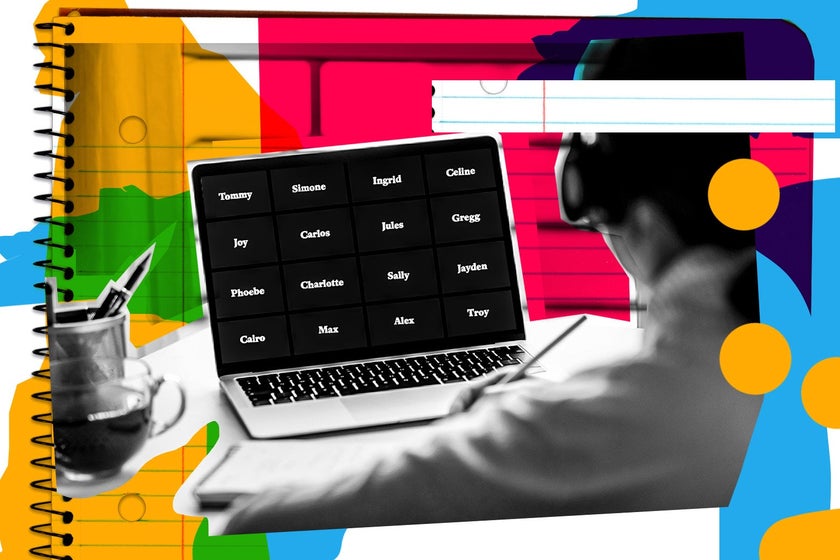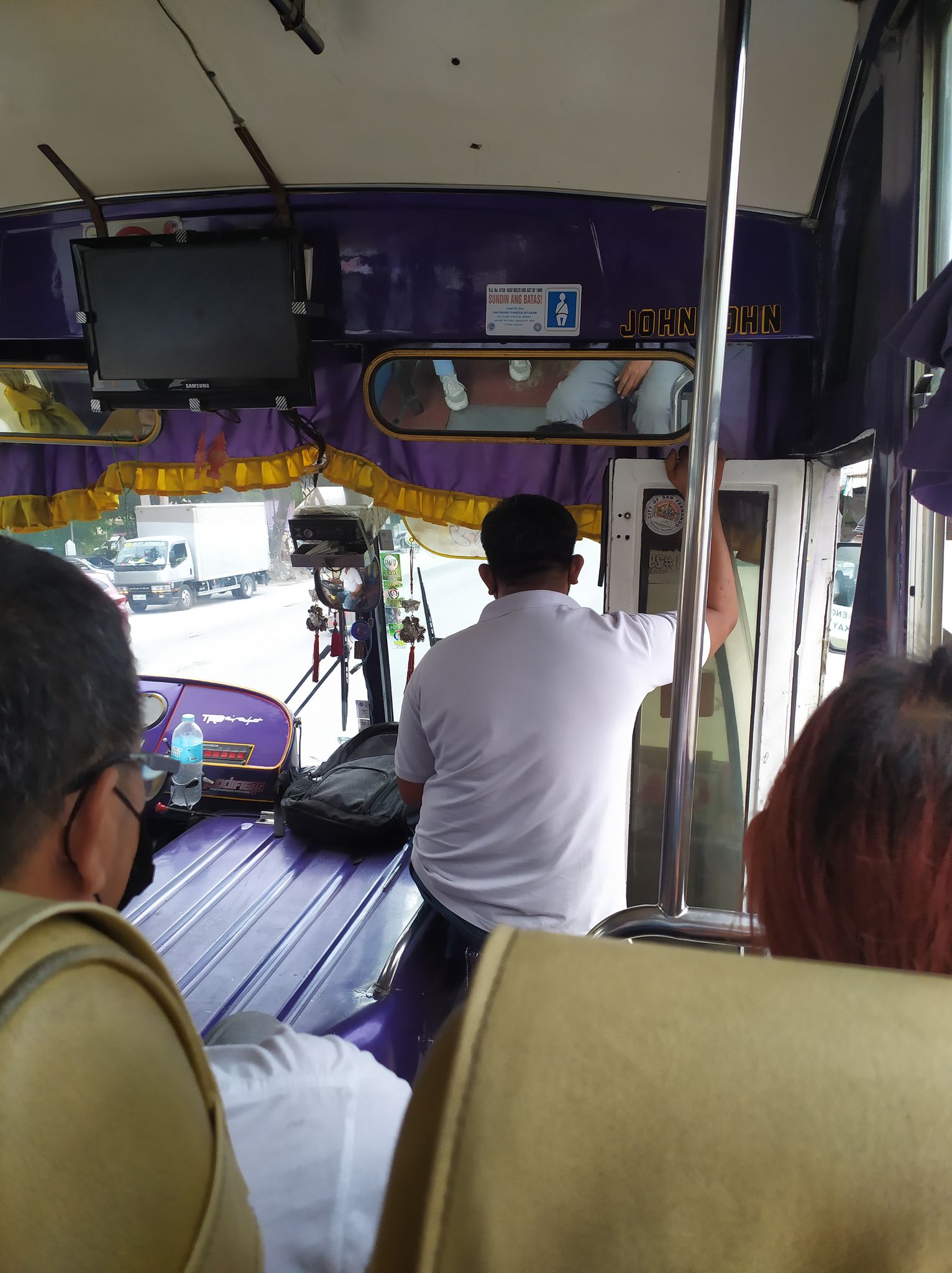It has been a year since there was a suspension of classes due to the COVID-19. Everybody thought it was only for a week. Little we know, it was made indefinitely. Agencies have suspended face-to-face classes. Nobody came prepared for this. From the usual classroom set-up, we shifted to a virtual one. First things first, just a disclaimer, this is a position paper, not intending to impose anything on someone.
There have been debates on a particular issue when it comes to virtual classroom management. Many professors would agree that it is tough to talk to blank profiles and black boxes in video conferencing applications. Here comes the dilemma of whether to mandate students to turn on or off their cameras during online classes. It is now crucial for us, professors, to ask our students their views on this, especially if we require them to turn on their cameras throughout our synchronous sessions with them.
Before writing this position paper, it seems best to ask first some inputs from students. Students may feel uncomfortable showing their backgrounds, and yes, there is no reason that they should. Some may argue for the use of virtual backgrounds. These may work for some, but many times, they are inconsistent. On the other hand, for visual classes such as arts or public speaking, it is understandable that students enrolled in such classes are required to turn on their cameras. We, professors, must consider that some of our students lack the financial capability and resources for online classes. Cameras turned on for the whole duration consume more data usage. Another student shared that turning on cameras adds up to their stress and anxiety. They feel uncomfortable with the extended eye contact, and the feeling of everyone is watching them. These somehow add to our students' stress and anxiety on top of what they are feeling during these trying times. This list may go on and on. Here are just a few of the reasons that students may opt to leave their cameras off.
What can we do now to ensure participation from our students even if their cameras are off? Here are some practices that we can do to ensure our audience's participation even if their cameras are off. These are some of the practices I usually do when I conduct synchronous sessions. I often prepare icebreakers before starting the discussion. These somehow prepare the students for the lesson while getting their attention. I prepare mini-games to pique their attention. Along the way, I ask questions and ask them to answer through the chatbox, or if they are comfortable, they can turn on their audio. I allow the asking of questions even through the chatbox. You can even ask questions through polls or react to something through emojis or raising hands. Video conferencing applications now allow breakout rooms. You can divide the class into smaller groups and discuss something and ask them to submit a report after.
Exit tickets can also be used at the end of the session. I usually prepare Google Forms for them to accomplish towards the end. Exit tickets can be a simple question of asking them one important thing they have learned during the session.
Like the rest of us, I still hope to see my students' faces, but seeing them through video conferencing applications might not be the best time for now. I have to settle for now with their display pictures and voices, or for some, black boxes. I am all for the thought of not mandating students to turn on their cameras during synchronous sessions. Again, we can find ways to check up on them during these sessions without asking them to turn on their cameras just for the sake of checking if they are still there. Let us also be clear: this is not a one-size-fits-all solution. However, then again, we have different strategies when it comes to teaching. So, to each his or her own.
Ian Paulo N. Punsalan, MM
Full-time Faculty, Mabalacat City College – Institute of Business Education





_1658307012.jpg)

